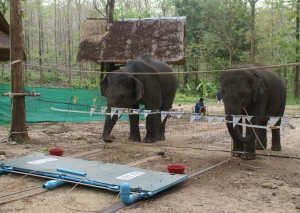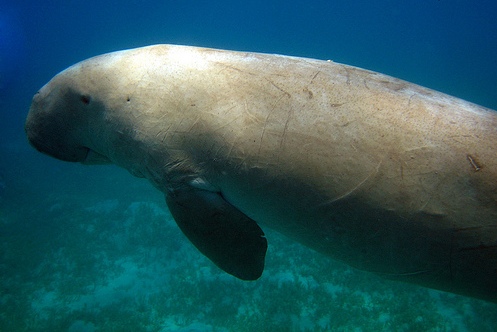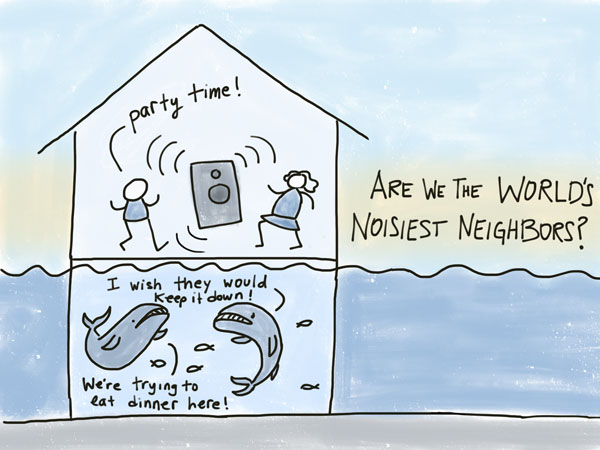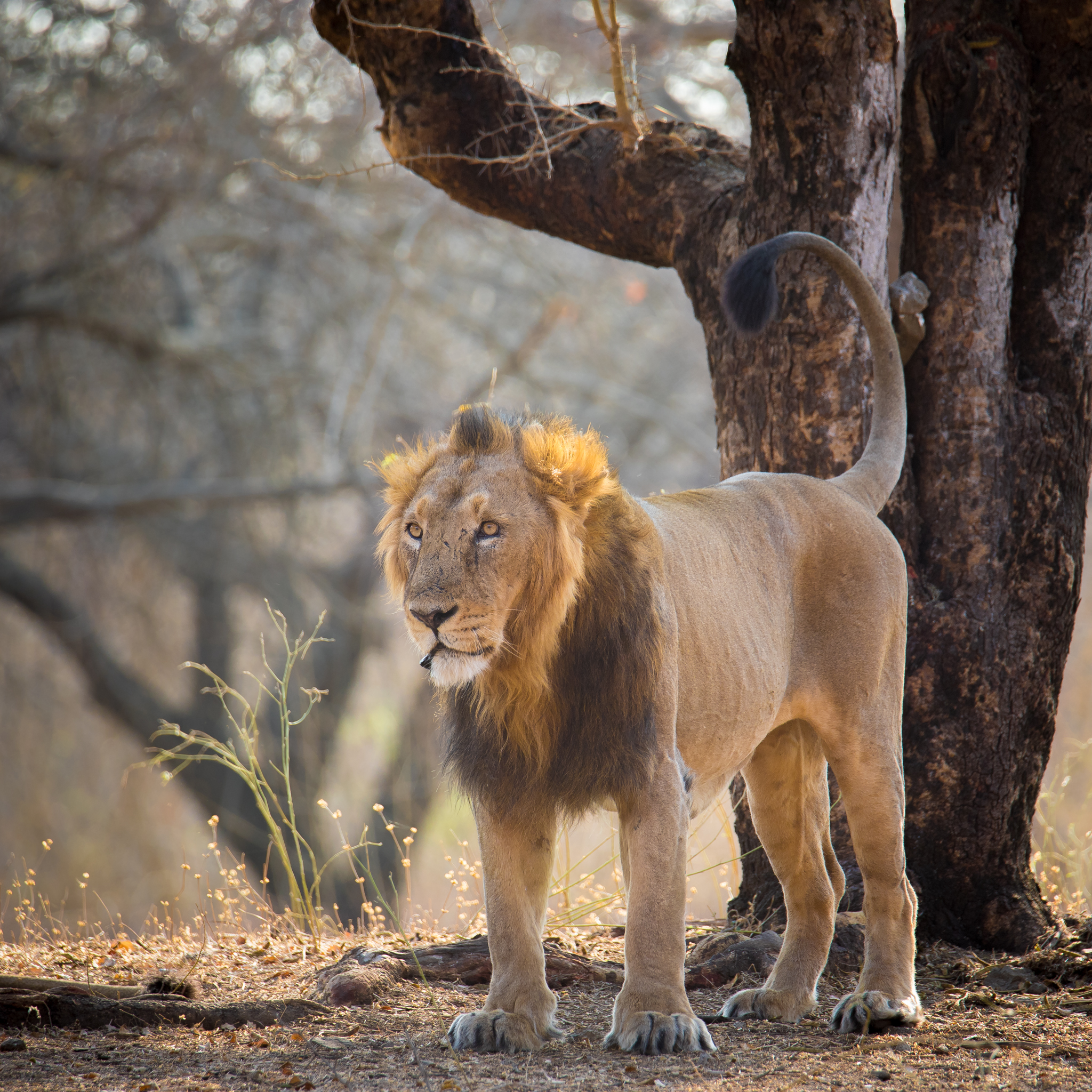 Researchers from Cambridge University recently found out with the help of an interesting experiment that elephants not only are very intelligent creatures, they know when and how to help each other to solve a problem.
Researchers from Cambridge University recently found out with the help of an interesting experiment that elephants not only are very intelligent creatures, they know when and how to help each other to solve a problem.
Joshua Plotnik, a researcher with Cambridge University and head of research at Thailand’s Golden Triangle Asian Elephant Foundation wanted to test elephant’s intelligence and to do that the researchers reworked on a contraption that had been used in the 1930s to experiment on chimpanzees.
“Tests of elephant intelligence and their other abilities are rare, simply because working with these large and potentially dangerous animals poses risks.” said Plotnik.
He and his colleagues Richard Lair, Wirot Suphachoksahakun, and Frans de Waal used a sliding table for the experiment. On top of it was kept a bowl full of food reward for the elephants. This table was tied with a rope in such a way that it required two elephants to pull the rope so as to move the table towards them. If only one elephant tried to pull the rope’s end, it simply uncoiled from the table and it remained in the same position.
Also, to reach the rope and the table, the elephants had to first cross the hurdle of a volleyball net.
What the researchers found was,
- Of the 12 male and female elephants experimented, all of them soon realised that the task could only be done when two elephants pulled the rope.
- The elephants regardless of their gender or age helped each other fulfil the task.
- If one elephant reached the spot earlier than the other, it waited for the other to come and did not attempt to pull the rope all by itself.
- If the researchers did not release another elephant, the first one would keep waiting and looking for a mate to arrive.
“Elephant sociality is very complex,” said Plotnik. “Social groups are made up of matriarchal herds (an older female is in charge), and varying levels of relatedness among members. Cooperation in elephants was most likely necessary in a context of communal care for, and protection of, young. In the wild, there are fascinating anecdotes of elephants working together to lift or help fallen members, and forming clusters to protect younger elephants.”
Scientists now believe elephants are in league with chimpanzees and dolphins as being among the world’s most cognitively advanced animals.
What the researchers were also surprised to find was that one young elephant names Neua Un also figured out how to get the reward without performing the task.
“We were pleasantly surprised to see the youngest elephant, Neua Un, use her foot to hold the rope so that her partner had to do all the work,” Plotnik said. “I hadn’t thought about this beforehand, and Neua Un seemed to figure it out by chance, but it speaks volumes to the flexibility of elephant behavior that she was able to figure this out and stick to it.”
Another elephant named Jojo, did not even bother to walk around the volleyball net, until and unless another elephant, its partner Wanalee was released.
“Perhaps he had learned that if he approached the rope without her, he’d fail,” Plotnik said,
He added that such advanced learning, problem-solving, and cooperation are rare in the animal kingdom. Other animals clearly engage in teamwork, but he thinks they are “pre-programmed for it,” unlike elephants that seem to understand the full process.
Other scientists around the world are praising the effort put in by Plotnik and his team. This advances the learning about elephants and many conservationists including Plotnik think it will help in understanding true nature of the elephants and thus think of better solutions to deal with human- animal conflict.
One scientist also noted that elephants and humans are not that different and the experiment shows the mind skills are very similar.
“We tend to think that elephants and humans are greatly different, but the study results show that we share some social mind skills with elephants.”
These intelligent animals deserve to be treated with more respect from humans beside being used for fun, recreation and as timber carriers. The elephant society and human society can only then co-exist peacefully.
-Atula Gupta
Watch the Experiment Video





Major addict of this website, quite a few your blogposts have truly helped me out. Awaiting up-dates!